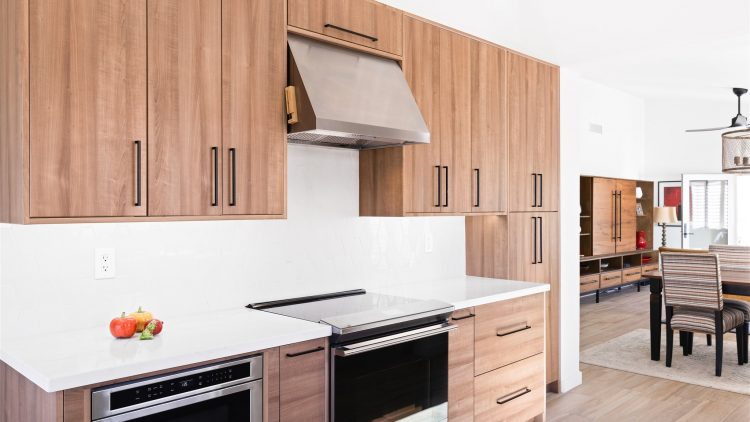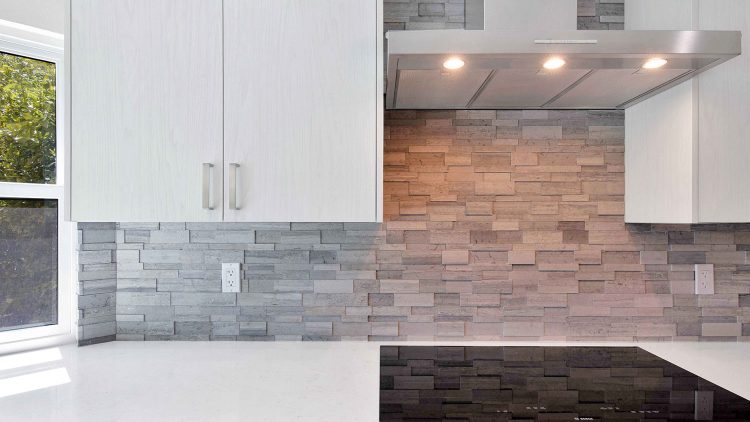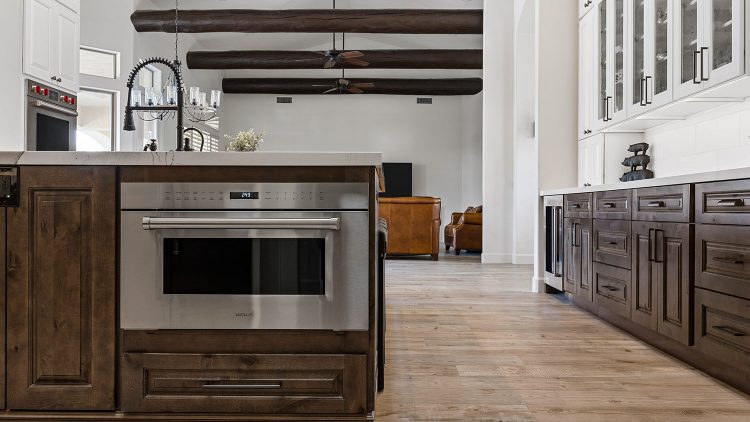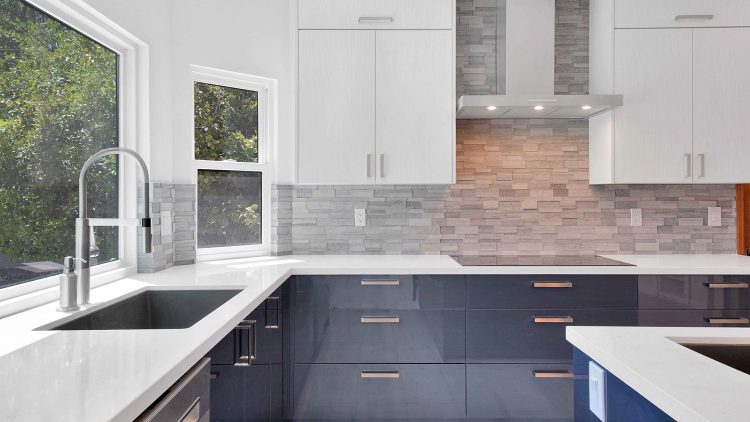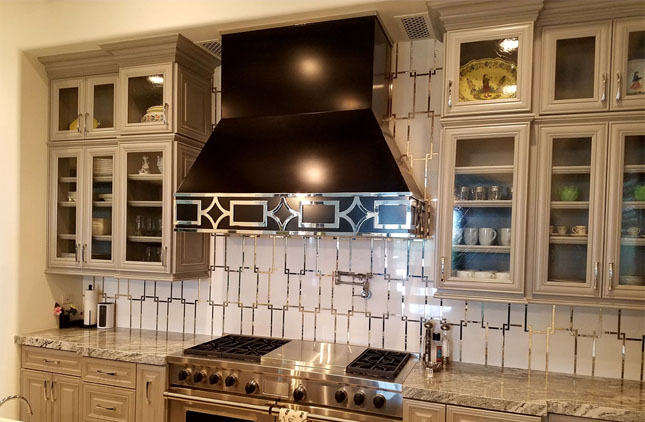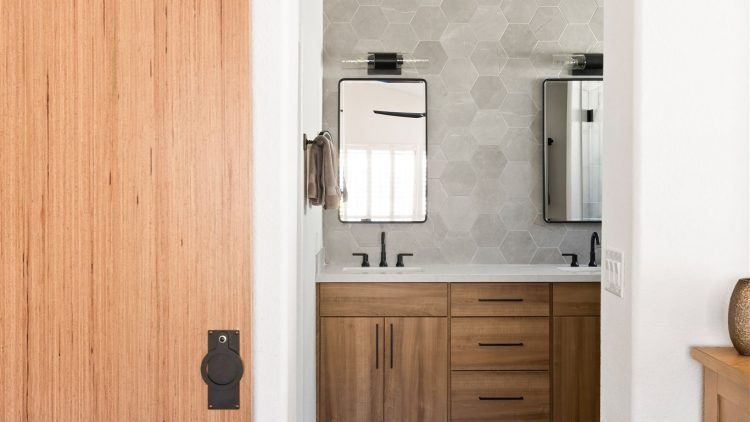What Is Refacing a Kitchen Cabinet?
What Is Refacing a Kitchen Cabinet?
You don’t necessarily have to tear everything down to the studs when you redesign your kitchen. In fact, cabinet refacing is one of the best and cheapest ways to change the look of a kitchen. For a lot of homeowners, refacing gives their kitchen the look and feel of a brand-new one without the cost, hassle, or long wait times of a full replacement. What does cabinet refacing really mean, and when is it the best option?
What Cabinet Refacing Is
Cabinet refacing is the process of changing the visible outside surfaces of your kitchen cabinets while leaving the cabinet boxes in place. Refacing provides your cabinets a whole new look by upgrading: instead of tearing down and rebuilding the whole thing.
- Doors
- Fronts of drawers
- Hardware and hinges
- Veneers or laminates on the outside
Refacing is a wise and quick choice for many renovation jobs because it focuses on looks rather than rebuilding the cabinet boxes.
How Cabinet Refacing Works
There are a few important steps that are usually part of a cabinet refacing project:
1. Check and get ready
A remodeling expert checks the cabinet boxes to make sure they are safe. Boxes that are strong and well-made are great candidates for refacing.
2. Taking off the doors and hardware that are already there
We take off and throw away doors, drawer fronts, hinges, and knobs (unless the homeowner asks for them to be reused or kept).
3. Putting on new veneers or finishes
The frames of the cabinets get a fresh surface. Depending on the look they want, homeowners can choose from high-quality wood veneers, laminates, thermofoil, or painted finishes.
4. Putting in new drawer fronts and doors
The homeowner can choose from a variety of styles for the new doors and drawer fronts, such as trendy shaker or classic raised-panel designs.
5. Putting in new hardware
The modernized look is finished off with knobs, pulls, and soft-close hinges that make the door work better.
The end effect is a kitchen that looks like it has just been rebuilt, often in less than a week.
1. It’s cheap for homeowners to reface their cabinets.
Refacing usually costs 30–50% less than replacing all of the cabinets, so it’s a good choice for homeowners on a tight budget.
2. Little disruption
Refacing is a much cleaner and speedier way to rebuild because the cabinet layout stays the same and there isn’t much demolition.
3. Good for the environment
Keeping cabinet boxes that are still in good shape cuts down on waste and stops perfectly good materials from going to landfills.
4. Freedom to design
Refacing may make an old kitchen look brand new by giving it a lot of fresh colors, materials, finishes, and hardware.
Final Thoughts
Cabinet refacing is a great option for homeowners who want to make big changes to their kitchens without spending a lot of money or time on a full overhaul. Refacing is the best way to get the right mix of beauty, value, and efficiency when your cabinet boxes are strong but the outside looks old.
Kitchen Cabinet Replacement or Refacing – What Is Right For You?
it is always great to have new cabinets, so if you can afford it and it works within your budget plan for your home, new kitchen cabinets will add to the resale value and look great. However, cabinet refacing is a very viable alternative if you do not want to make as large an investment up-front.
MK Remodeling Offers Kitchen Cabinet Replacements And Installation In Mesa
Are you thinking about kitchen cabinet replacements, installation, cabinet hardware or cabinet organizers in Mesa, Arizona? MK Remodeling offers professional and affordable bathroom remodels, and kitchen remodeling services in many areas of the Phoenix, Arizona area.

